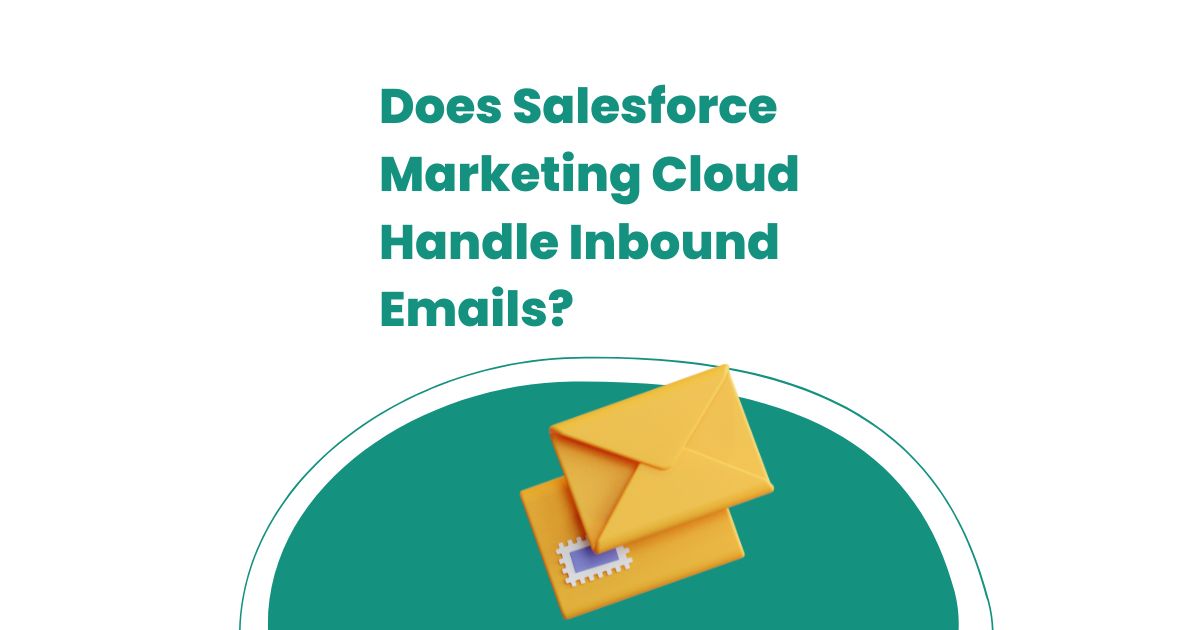
Salesforce Marketing Cloud is a powerful platform that excels at sending outbound marketing campaigns, but many users wonder about its capabilities for managing inbound email responses. Understanding how the platform handles incoming messages is crucial for creating effective email marketing strategies that support two-way communication with your audience.
This comprehensive guide explores Salesforce Marketing Cloud’s inbound email capabilities, limitations, and best practices for managing customer responses. You’ll learn how to set up reply handling, integrate with other systems, and optimize your email marketing approach for better engagement and customer experience.
Understanding Salesforce Marketing Cloud’s Email Architecture
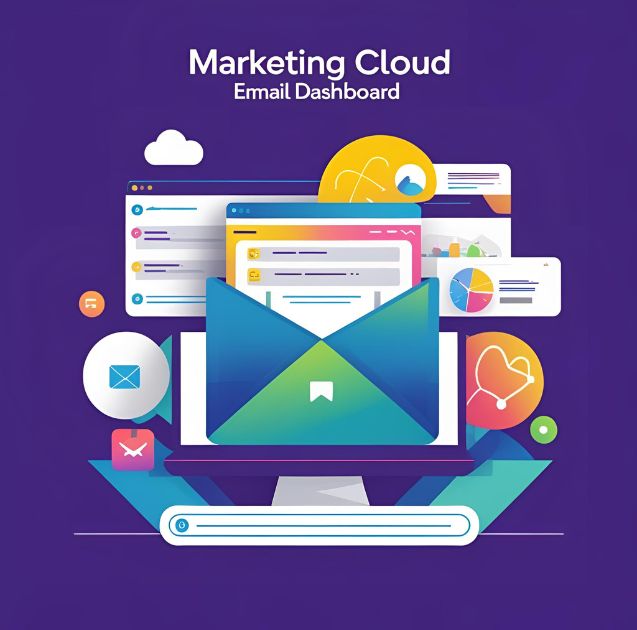
Salesforce Marketing Cloud operates primarily as an outbound email marketing platform designed to send promotional campaigns, newsletters, and automated sequences to large subscriber lists. The platform’s core strength lies in its ability to deliver personalized, high-volume email campaigns with sophisticated segmentation and automation capabilities.
However, the platform’s approach to inbound email handling differs significantly from traditional email servers or customer service platforms. Marketing Cloud treats inbound emails as secondary to its primary function of campaign delivery, which means businesses need to understand both the capabilities and limitations when planning their email marketing strategy.
The platform uses dedicated IP addresses and domains for sending emails, which affects how replies are processed and managed. This architecture impacts everything from deliverability to customer experience when recipients respond to your marketing messages.
Salesforce Marketing Cloud’s Inbound Email Capabilities
Marketing Cloud does provide some functionality for handling inbound emails, though it’s not as comprehensive as dedicated customer service platforms. The system can capture and process replies to marketing emails through several mechanisms.
Reply Mail Management (RMM)
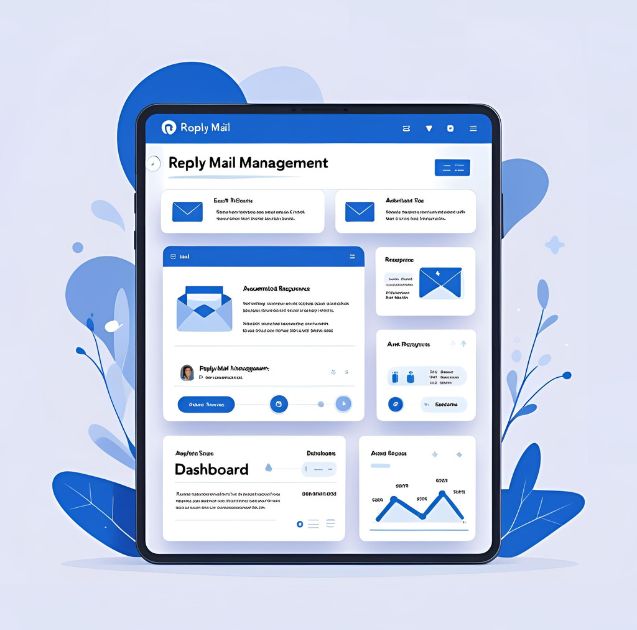
The Reply Mail Management feature allows Marketing Cloud to capture and process replies to your marketing emails. When subscribers reply to your campaigns, RMM can automatically process these responses based on predefined rules and actions.
You can configure RMM to handle common response types like unsubscribe requests, out-of-office messages, and general inquiries. The system can automatically update subscriber preferences, trigger follow-up communications, or forward messages to appropriate team members.
However, RMM works best for automated responses rather than complex customer service interactions. It’s designed to handle predictable reply patterns rather than nuanced customer conversations that might require human intervention.
Email Reply Tracking
Marketing Cloud can track when subscribers reply to your emails, providing valuable engagement metrics beyond traditional open and click rates. This data helps you understand which campaigns generate the most response and engagement from your audience.
Reply tracking integrates with Journey Builder and Automation Studio, allowing you to create triggered campaigns based on customer responses. For example, you might send a follow-up email to customers who reply to a product announcement or automatically route service inquiries to your support team.
Integration with Sales Cloud
One of Marketing Cloud’s strongest inbound email capabilities comes through its integration with Salesforce Sales Cloud. When Marketing Cloud and Sales Cloud work together, inbound emails can automatically create or update lead and contact records, ensuring customer responses don’t get lost.
This integration allows sales teams to see complete email interaction histories, including both outbound campaigns and inbound responses. Marketing-qualified leads who respond to campaigns can be automatically routed to sales representatives for follow-up.
Limitations of Marketing Cloud for Inbound Email
While Marketing Cloud offers some inbound email functionality, it has significant limitations that businesses should understand before relying on it for comprehensive email management.
Limited Customer Service Features
Marketing Cloud lacks the sophisticated case management, ticket routing, and customer service tools found in dedicated support platforms. It cannot effectively handle complex customer inquiries, complaints, or multi-touch service interactions.
The platform doesn’t provide collaborative tools for customer service teams to work together on email responses, nor does it offer advanced features like escalation rules, service level agreements, or comprehensive reporting on response times and resolution rates.
Restricted Email Processing
Marketing Cloud’s email processing capabilities focus primarily on marketing-related actions rather than general business communication. The platform struggles with complex email threads, attachments, or non-standard email formats that might be common in customer service scenarios.
The system works best with simple, predictable email responses that can be processed through automated rules. Complex inquiries that require human judgment or detailed product knowledge typically need to be handled by other systems.
Volume and Complexity Constraints
While Marketing Cloud can handle high-volume outbound campaigns, its inbound email processing isn’t designed for the same scale or complexity. Businesses with significant inbound email volumes might find the platform’s capabilities insufficient for their needs.
The platform also has limitations in handling different types of inbound emails simultaneously. Managing marketing responses, customer service inquiries, and sales leads through the same system can create confusion and inefficiencies.
Best Practices for Managing Inbound Emails with Marketing Cloud
Despite its limitations, you can optimize Marketing Cloud’s inbound email capabilities through strategic planning and configuration.
Set Clear Expectations
Use your marketing emails to set appropriate expectations about response handling. Include clear instructions about where customers should send different types of inquiries, and provide alternative contact methods for urgent or complex issues.
Consider using different reply-to addresses for different types of campaigns, routing product inquiries to one system while handling unsubscribe requests through Marketing Cloud’s automated processes.
Implement Automated Response Rules
Configure RMM to handle common response patterns automatically. Set up rules to process unsubscribe requests, update subscriber preferences, and acknowledge receipt of customer inquiries.
Create standardized auto-responses that thank customers for their replies and provide next steps or alternative contact information when human intervention is required.
Use Journey Builder for Response Handling
Leverage Journey Builder to create sophisticated workflows that respond to inbound emails. You can trigger different customer journeys based on reply content, sender characteristics, or campaign source.
For example, customers who reply to a product announcement might enter a nurturing sequence that provides additional product information, while customers who express dissatisfaction might be routed to a service recovery campaign.
Integrate with Other Salesforce Products
Maximize Marketing Cloud’s inbound email capabilities by integrating with other Salesforce products. Use Service Cloud for comprehensive customer service management while maintaining Marketing Cloud for campaign delivery.
This integration allows you to maintain consistent customer data across platforms while leveraging each system’s strengths. Marketing Cloud handles campaign delivery and basic response processing, while Service Cloud manages complex customer service interactions.
Alternative Approaches for Comprehensive Email Management
Many businesses find that combining Marketing Cloud with other tools provides the best solution for comprehensive email management.
Dedicated Customer Service Platforms
Consider using Salesforce Service Cloud, Zendesk, or similar customer service platforms alongside Marketing Cloud. These systems excel at managing complex customer inquiries, providing collaborative tools for support teams, and maintaining detailed case histories.
The integration between Marketing Cloud and dedicated service platforms can create seamless customer experiences while leveraging each system’s strengths.
Email Management Tools
Third-party email management tools can bridge the gap between Marketing Cloud’s outbound capabilities and comprehensive inbound email handling. These tools can process replies, route messages to appropriate teams, and provide detailed analytics on customer interactions.
Many of these tools offer native integrations with Marketing Cloud, allowing you to maintain centralized customer data while improving response handling capabilities.
Hybrid Approaches
Some businesses use Marketing Cloud for specific types of campaigns while managing other email communications through different platforms. This approach allows you to optimize each system for its intended purpose while maintaining overall email marketing effectiveness.
Consider using Marketing Cloud for promotional campaigns and newsletters while handling transactional emails, customer service communications, and sales correspondence through other systems.
Optimizing Your Email Marketing Strategy
Understanding Marketing Cloud’s inbound email capabilities should inform your broader email marketing strategy and help you create more effective campaigns.
Campaign Design Considerations
Design your email campaigns with response handling in mind. Consider which campaigns are likely to generate replies and ensure you have appropriate systems in place to manage those responses effectively.
Use clear calls-to-action that direct customers to appropriate channels for different types of interactions. Marketing Cloud works well for capturing interest and generating leads, but complex inquiries might be better handled through other channels.
Subscriber Experience Management
Focus on creating positive subscriber experiences by setting clear expectations and providing multiple ways for customers to interact with your brand. Use Marketing Cloud’s strengths while supplementing with other tools where necessary.
Consider implementing preference centers that allow subscribers to indicate their communication preferences and interests, reducing the likelihood of complex inbound emails that require manual processing.
Performance Measurement
Track both outbound campaign performance and inbound response patterns to understand the complete picture of your email marketing effectiveness. Use this data to optimize future campaigns and improve overall customer experience.
Monitor metrics like response rates, resolution times, and customer satisfaction scores to identify opportunities for improvement in your email communication strategy.
Making the Most of Marketing Cloud’s Email Capabilities
Salesforce Marketing Cloud offers valuable inbound email functionality, but it’s designed primarily as an outbound marketing platform. Understanding these capabilities and limitations helps you create more effective email marketing strategies that provide positive customer experiences.
The platform excels at automated response handling, basic reply processing, and integration with other Salesforce products. However, businesses requiring comprehensive customer service capabilities should consider supplementing Marketing Cloud with dedicated service platforms.
Success with Marketing Cloud’s inbound email features depends on clear planning, appropriate expectations, and strategic integration with other systems. By leveraging the platform’s strengths while addressing its limitations through complementary tools, you can create comprehensive email marketing strategies that support both acquisition and retention goals.
Focus on using Marketing Cloud for what it does best—delivering personalized, high-volume marketing campaigns—while ensuring you have appropriate systems in place to handle the customer responses those campaigns generate. This approach maximizes the platform’s value while maintaining excellent customer experiences across all touchpoints.







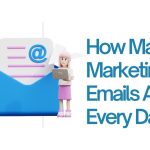







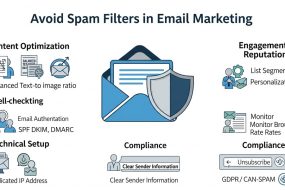
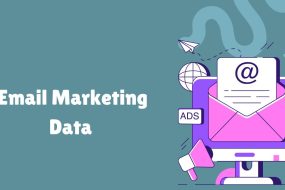
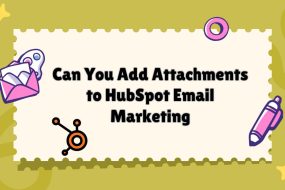
No Comments